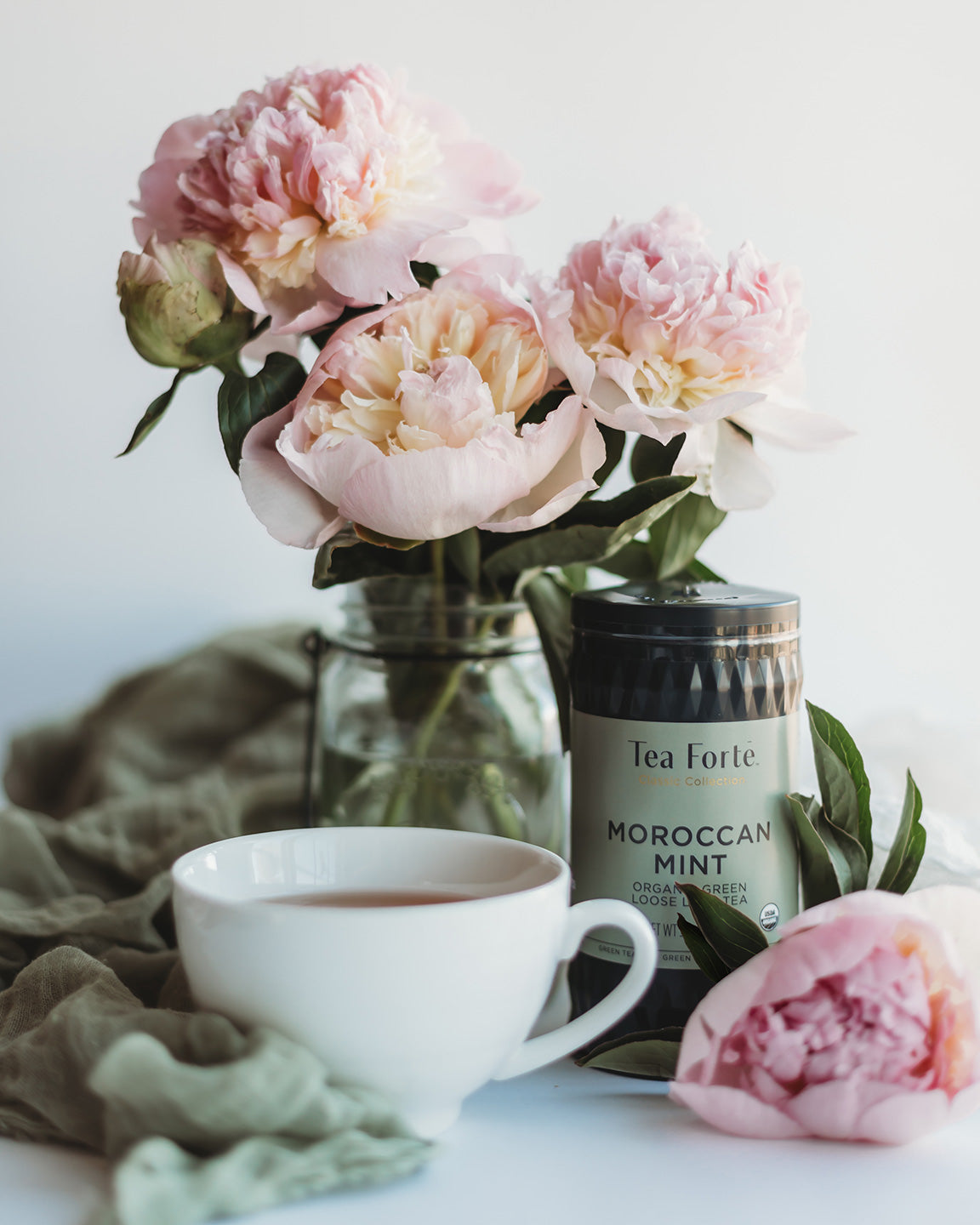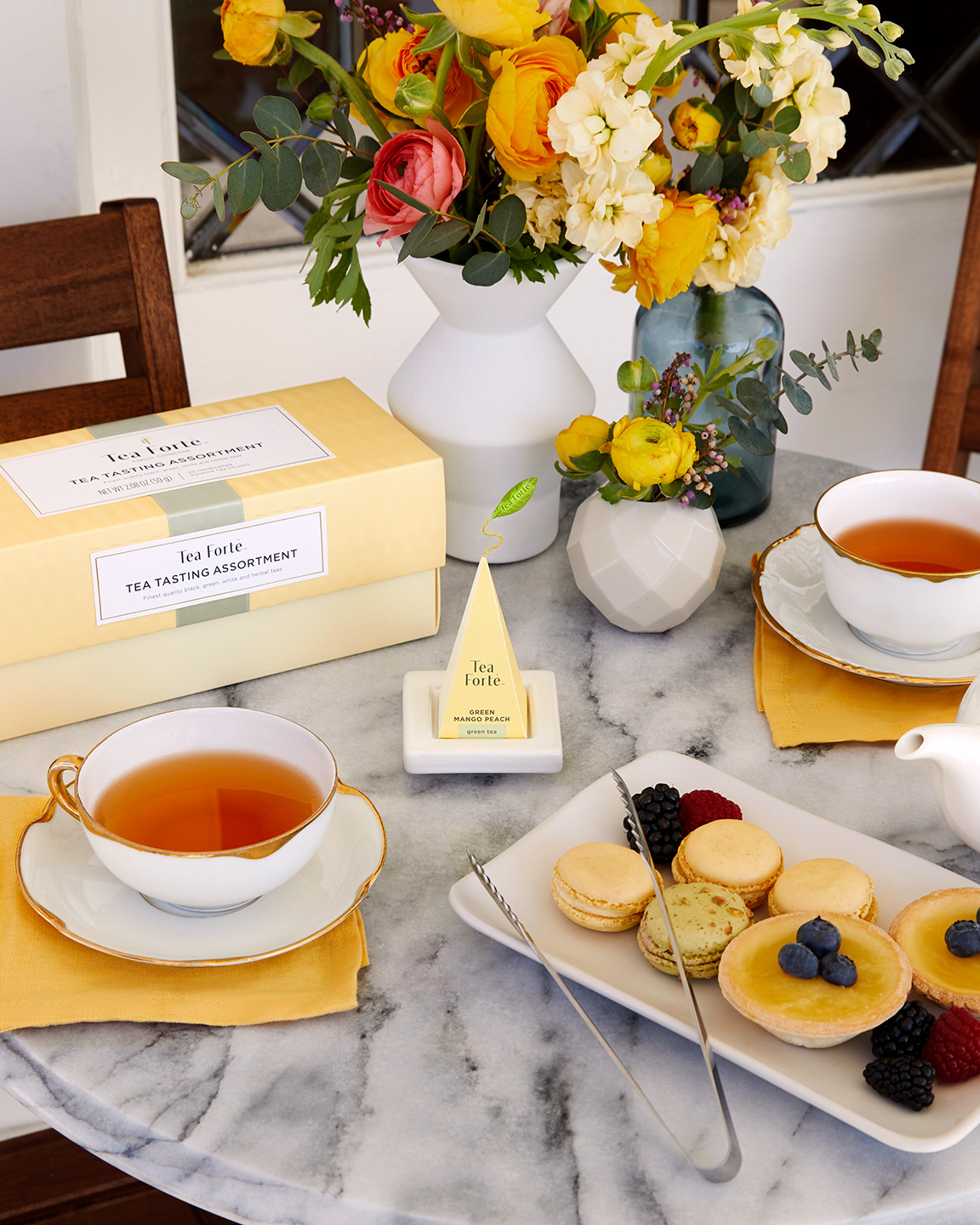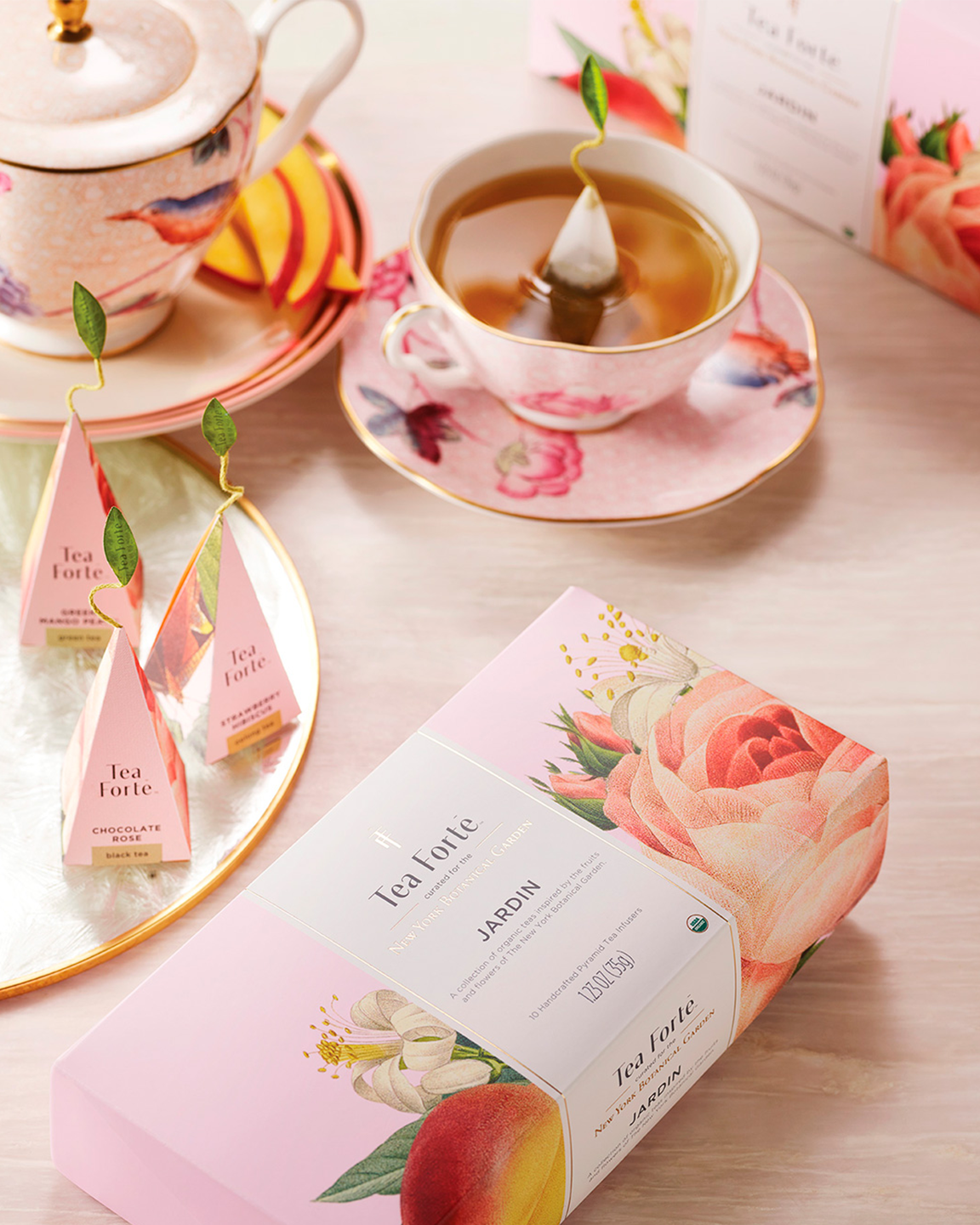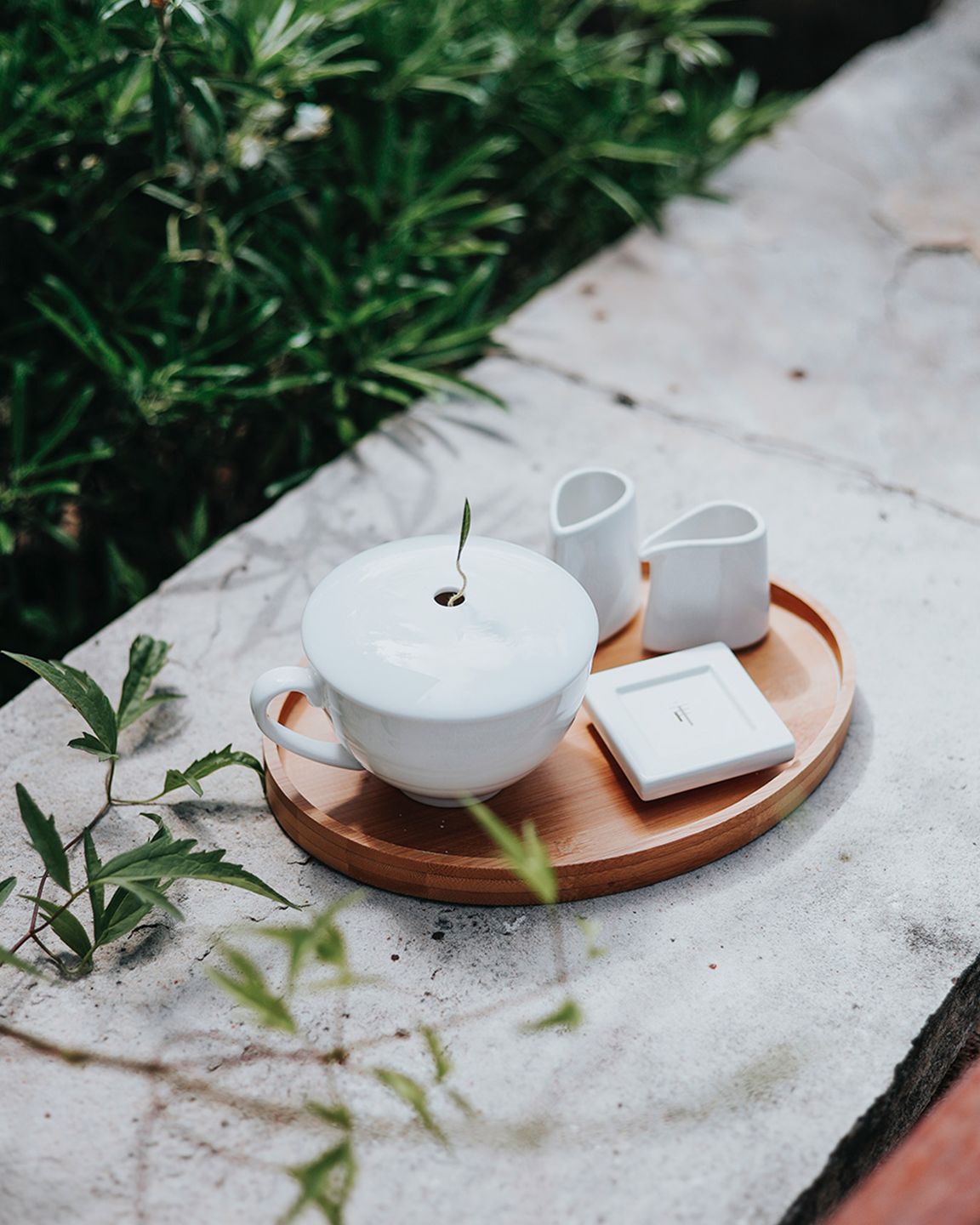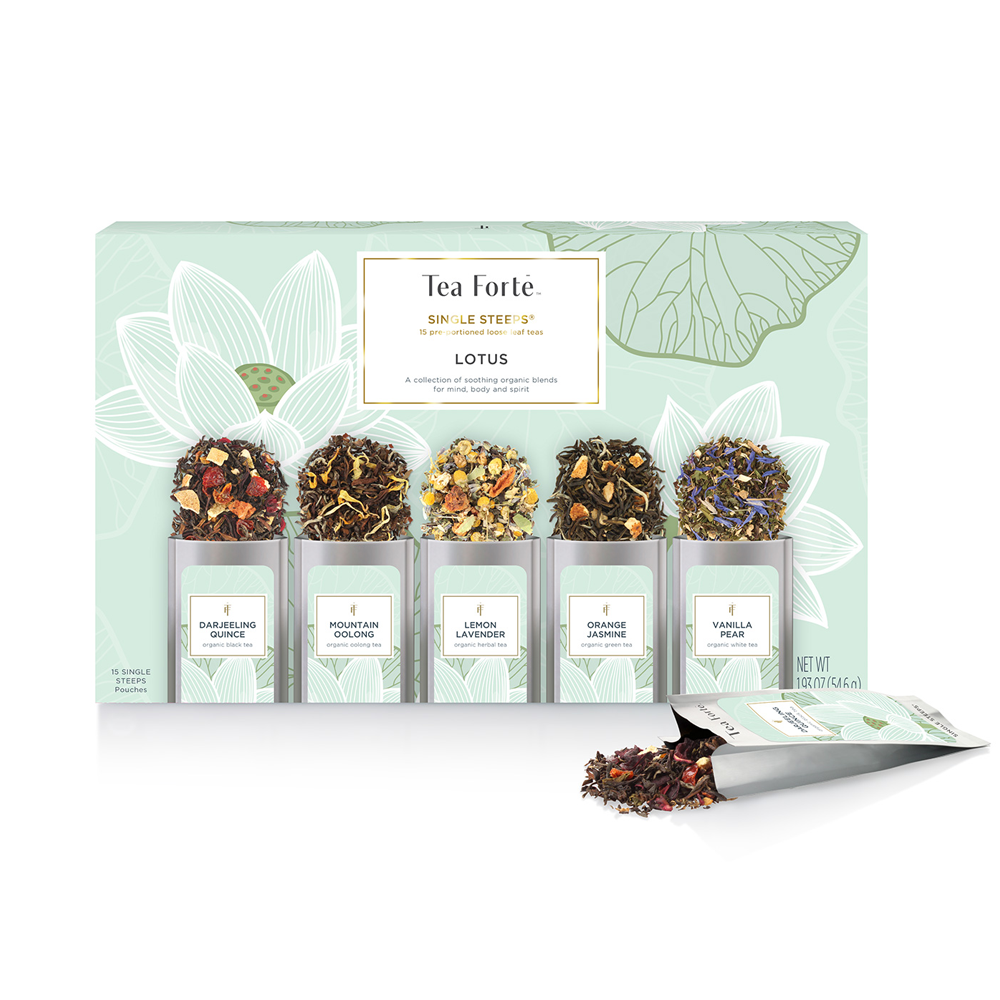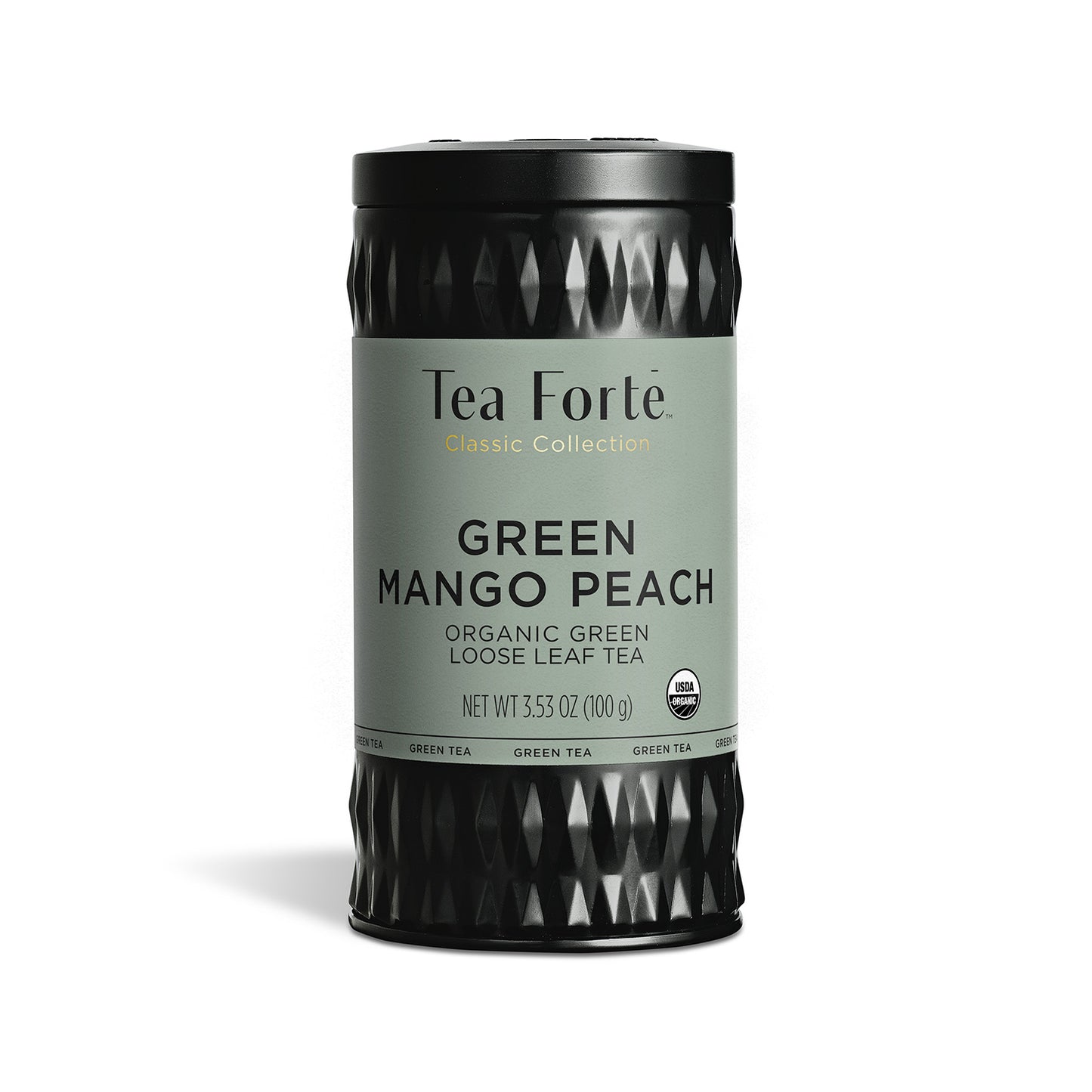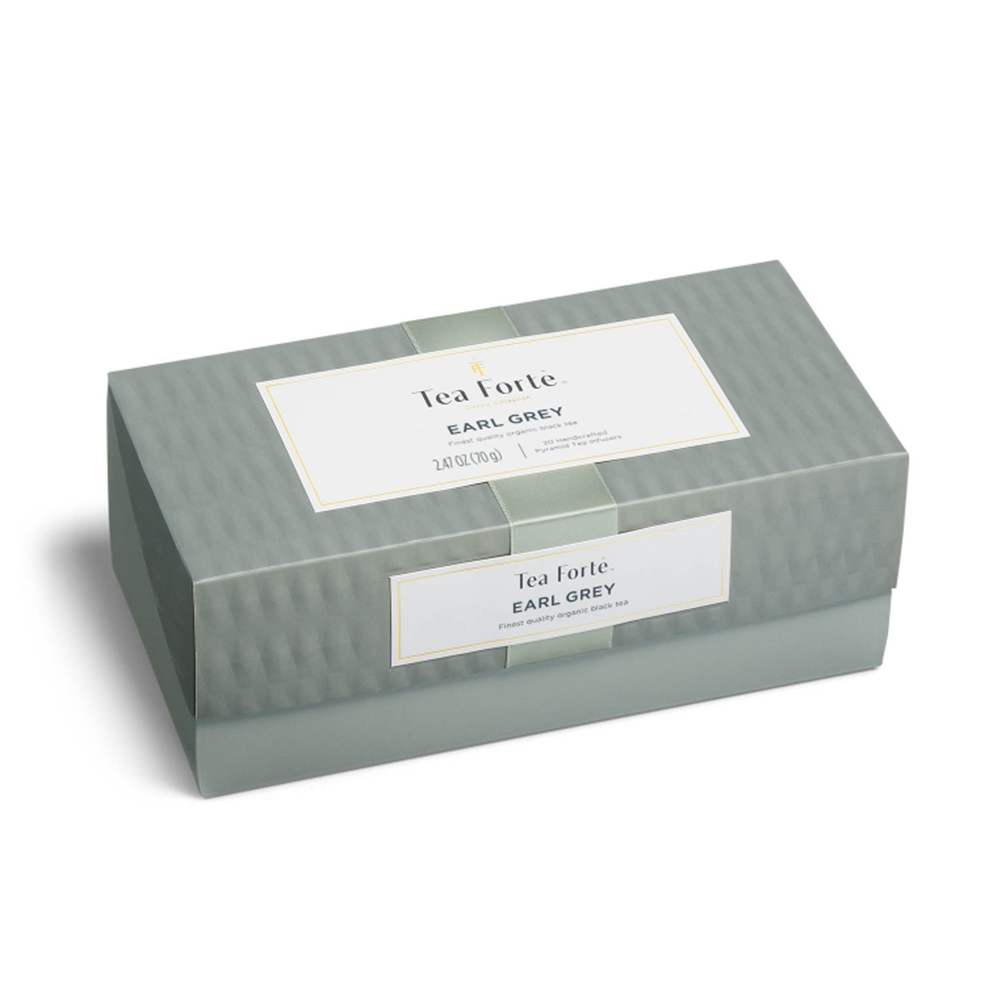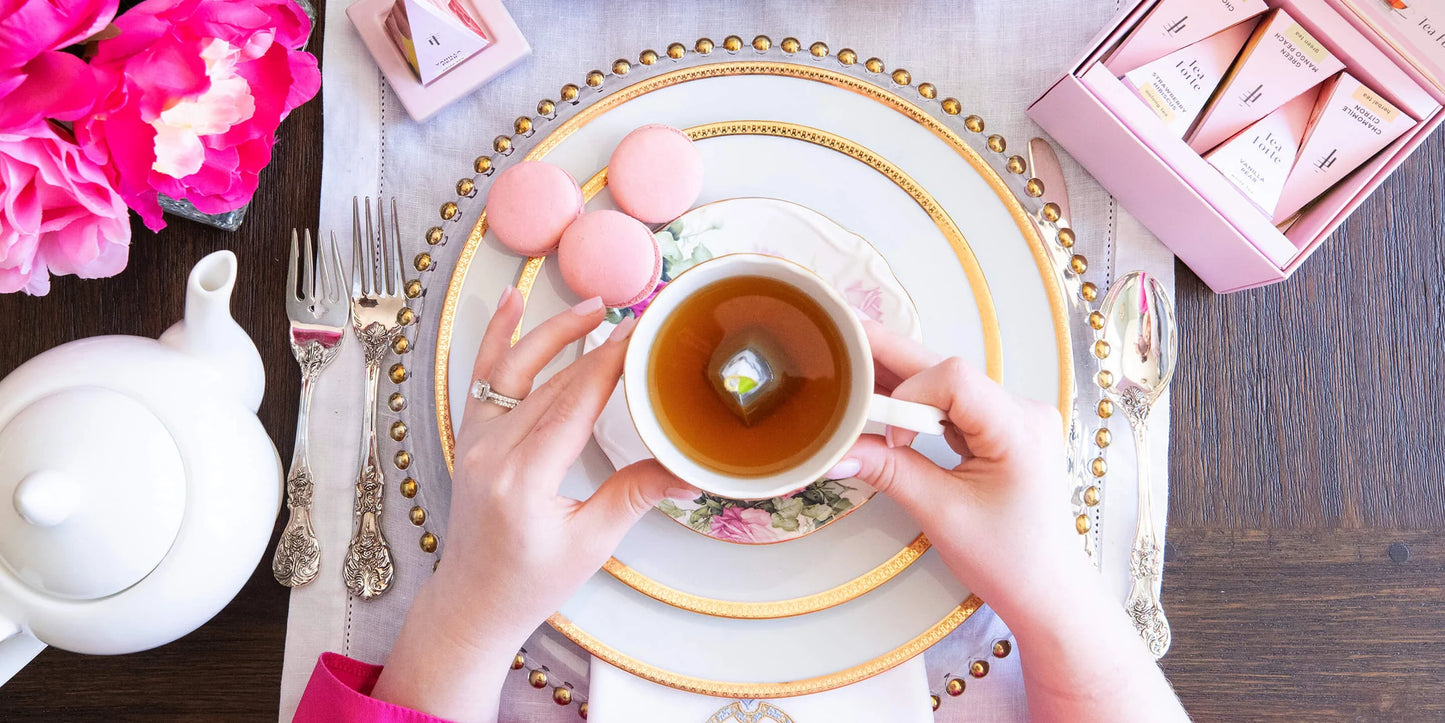
Tea has played a central role in social gatherings for hundreds of years across many cultures, from matcha ceremonies in 13th-century Japan to modern celebrations fit for royals. For the ins and outs of hosting a tea party of your own, read on to gather some expert advice.
If you’ve ever been to a tea party complete with scones and sandwiches, you may have incorrectly referred to it as “high tea.” You’re not alone: many people (inaccurately) think of “high tea” as a proper English affair held in the afternoon, simply because the name itself suggests a highbrow or high-class affair. In reality, notable differences exist between high tea and afternoon tea (also known as “low tea”). In England, high tea is a simple, post-workday meal served in the early evening, with meat/fish, bread, and tea, and its name comes from the fact that it’s often served on high tables, like those found at a bar or pub. Afternoon tea, however, is the more well-known, elaborate occasion held in earlier in the day with tea sandwiches, scones, pastries, clotted cream, and so on.
As for other variations, “cream tea” is a simplified version of afternoon tea, involving a pot of tea and simple set of scones and spreads, enjoyed any time of day, and “royal tea” is a full afternoon tea complete with champagne to celebrate a special occasion. In any event, tea gatherings are a fun and elegant way to celebrate an achievement or milestone, or simply serve as an excuse to host a social gathering. So, read on to learn how to throw a tea party with all the trimmings.
HOW TO PLAN TEA PARTY SEATING
First things first: you’ll need to choose your location and decide upon the number of guests. Traditionally, afternoon tea is served at low tables with just a few guests (two to four) seated at each, but evolving tastes have popularised larger tables with greater gatherings -- either banquet rounds that seat six to ten apiece, or farmstead tables with everyone seated in two long rows, facing one another.
HOW TO CHOOSE TEA FOR A TEA PARTY
Generally speaking, tea comes in two forms: loose and in bags or pyramid infusers. When you’re enjoying tea alone or in a small group, loose tea is a wonderful option, giving an excuse to use a teapot or two and control the steep yourself for a perfect round of drinks. In a larger group, however, bags or infusers offer more freedom to the host and guests alike: with individual servings, a wider variety of tea blends may be offered, and the host is free to socialise instead of keeping an eye on the clock every time a new batch of tea is steeped.
If you’ve chosen the latter option, it’s not necessary to sacrifice an ounce of elegance or keep your prized teapots in the cupboard. In fact, opting to serve a broad array of tea blends in Tea Forté’s signature pyramid infusers is sure to delight guests: the sheer presentation of the stately infuser in each cup with a delicate green paper leaf unfurling above is a picture-perfect moment all on its own. In this case, teapots should be filled with hot water and labeled at the correct temperatures. For guests who accidentally over-steep their tea and render it too strong, an additional splash of water can be poured to weaken the steep to their liking.
 The Café Cup pairs beautifully with our Oval Bamboo Tray, Sugar and Creamer and Orchid White Tea Trays.
The Café Cup pairs beautifully with our Oval Bamboo Tray, Sugar and Creamer and Orchid White Tea Trays.
Photo by: @sugarandcharm
HOW TO PLAN A TEA PARTY MENU
For tea parties of any size, it’s thoughtful to offer two herbal tisanes (which are naturally free of caffeine) and two caffeinated teas: perhaps a black tea and a green tea, each with its own distinct flavour profile. Or, if you’re serving individual infusers or bags, or a wider variety may be offered, giving guests a chance to explore a wide array of flavours. Either way, be sure to elegantly label each type of tea so guests are never left wondering. Or, create your own tea menu, presenting up to twenty blends. Be sure each tea name is accompanied by the tea type and a detailed description.
A traditional afternoon tea menu involves three components: savones (tea sandwiches), scones, and pastries. Egg salad, chicken salad, and cucumber sandwiches are customary, each served in small “two-bite” triangles with the crusts removed. Scones should be served with clotted cream and lemon curd or fruit jam, and small dessert bites also should be offered, from cookies (called “biscuits” in England) and petit fours to small pastries and sweet treats.
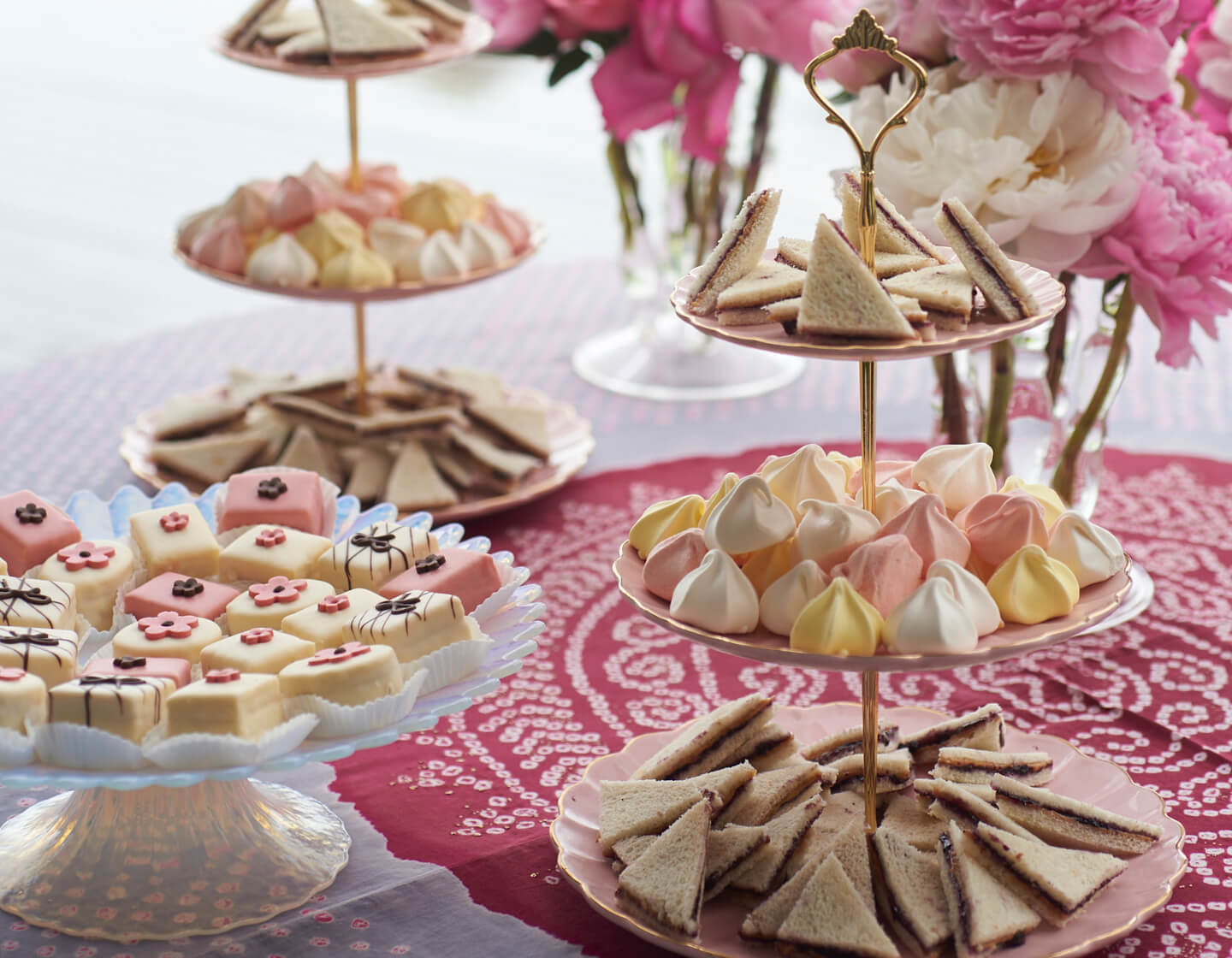 Photo by: @dyoungphoto
Photo by: @dyoungphoto
HOW TO SET TEA PARTY TABLES AND SERVE GUESTS
It’s important to choose appropriate china and flatware for everyone’s comfort. For this, you’ll need to stock each table with its own teacups and saucers; teaspoons; small appetiser plates; sugar and creamer set; tiered serving tray for sandwiches, scones and sweets; and vessels for honey, lemon curd or jam, and cream. For all the elegance of a proper tea, consider including Tea Forté’s Tea Trays to make each table look its best.
For your guests’ enjoyment, consider mentioning a few instructions aloud or leaving a note on each table to assist them in steeping their tea for the correct amount of time. Herbal, oolong, and black teas are ideally steeped for five minutes at 208 F degrees; any longer and they can quickly become bitter or too strong. Green and white teas, which are more delicate, should be steeped for three minutes at 175 F degrees, also to avoid bitterness or high astringency.
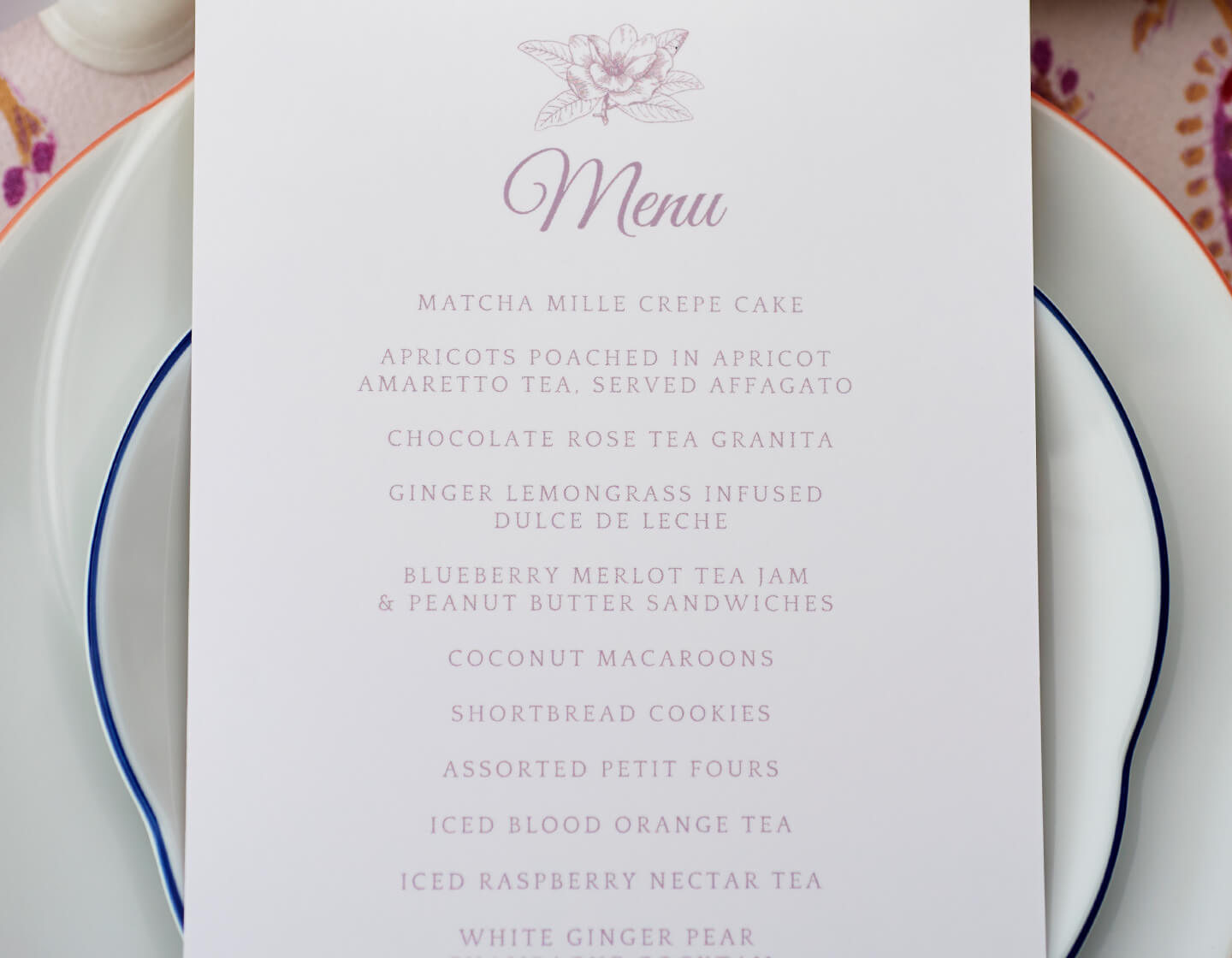 Photo by: @dyoungphoto
Photo by: @dyoungphoto
As for accompaniments, following a few tea party rules of thumb will coax the true flavour out of each tea blend you serve, so be clear with guests about what to do. Black and oolong tea can receive lemon or milk (but not both, which will curdle and spoil the drink), as well as sugar or honey to sweeten it. Green, white, and herbal teas pair well with sugar or honey, but milk is never recommended; in fact, it’s considered a faux pas to pair milk with green or white tea.
And for those who prefer their tea on the sweeter side, it’s advisable to add sugar before lemon or milk, since the acidity and temperature of those ingredients can make it difficult for the sugar to dissolve.
HOW TO MIND YOUR MANNERS
While pop culture references may suggest that it’s expected to hold a pinky up while drinking tea from a cup, this humorous gesture is generally frowned upon in real life. True tea party etiquette enthusiasts may adhere to a handful of pointers: it’s customary to stir accompaniments silently into a teacup in a circle from a 6 o’clock position to a 12 o’clock position, and once finished, the spoon should rest on the saucer, behind the cup. Speaking of utensils, it’s considered poor form to use one’s own utensil to serve cream, jam, honey, and the like. A dedicated serving spoon should accompany each dish.
Afternoon tea doesn’t have to be stuffy, however. Encourage guests to use their hands while enjoying their finger sandwiches, which have properly earned their title. Scones are traditionally eaten by breaking off small pieces and applying cream and jam to each as they’re enjoyed one by one. More recently, it’s become acceptable to slice the scone in half and eat the top and bottom separately, pausing between each half to apply cream and jam. And for a truly royal experience involving a loved one at the centre of the ceremonies, it’s considered rude to leave before the guest of honour departs the most formal Western tea ceremonies.
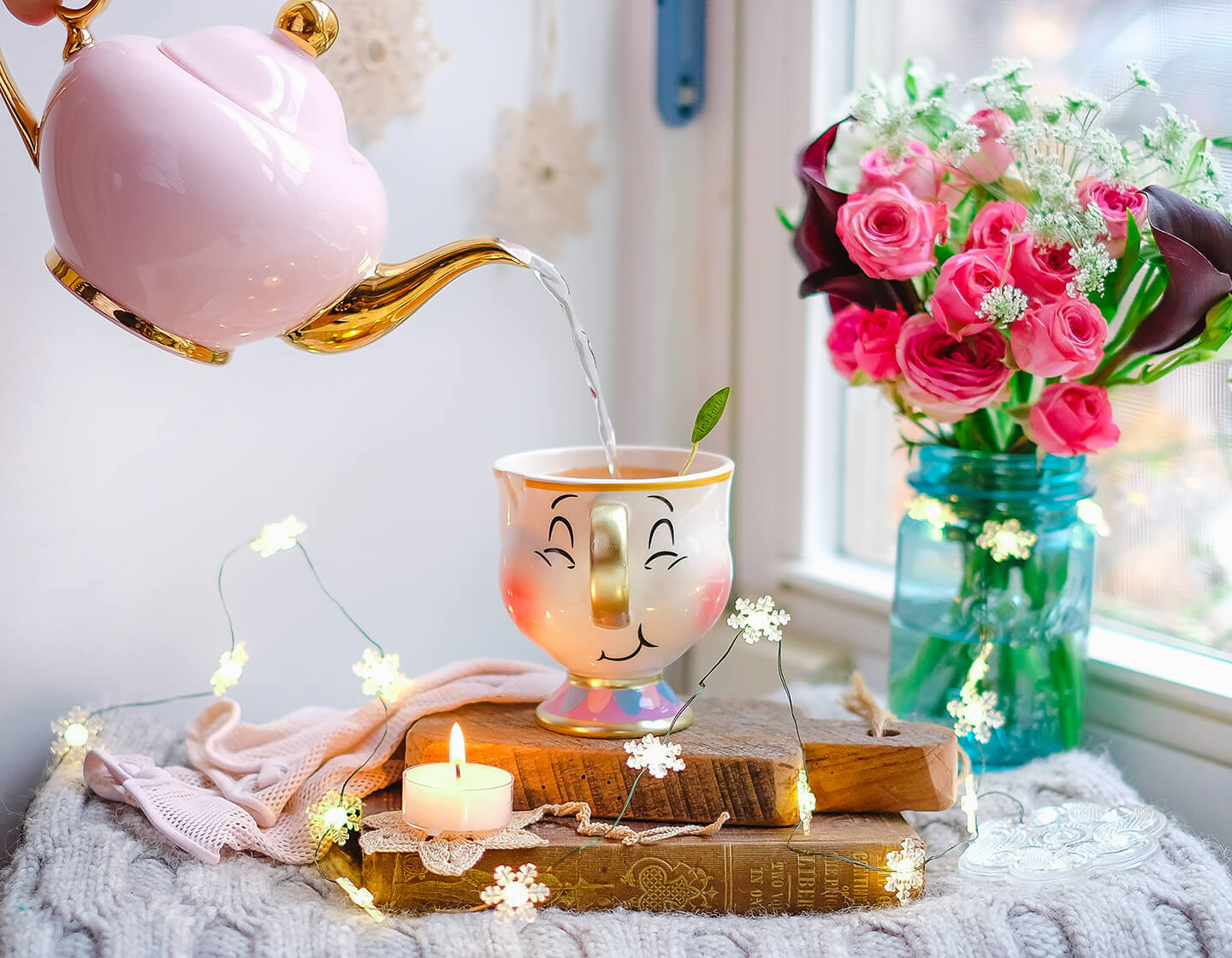 Photo by: @naughtyteas
Photo by: @naughtyteas
To prepare for your next tea party, explore Tea Forté’s vast collection of tea assortments, to delight every guest. Or, if you’re a guest at an upcoming occasion, consider gifting your host or hostess with a tea gift to thank them for their hospitality.
Top photo by The Everyday Hostess, table setting photo by @dyoungphoto

